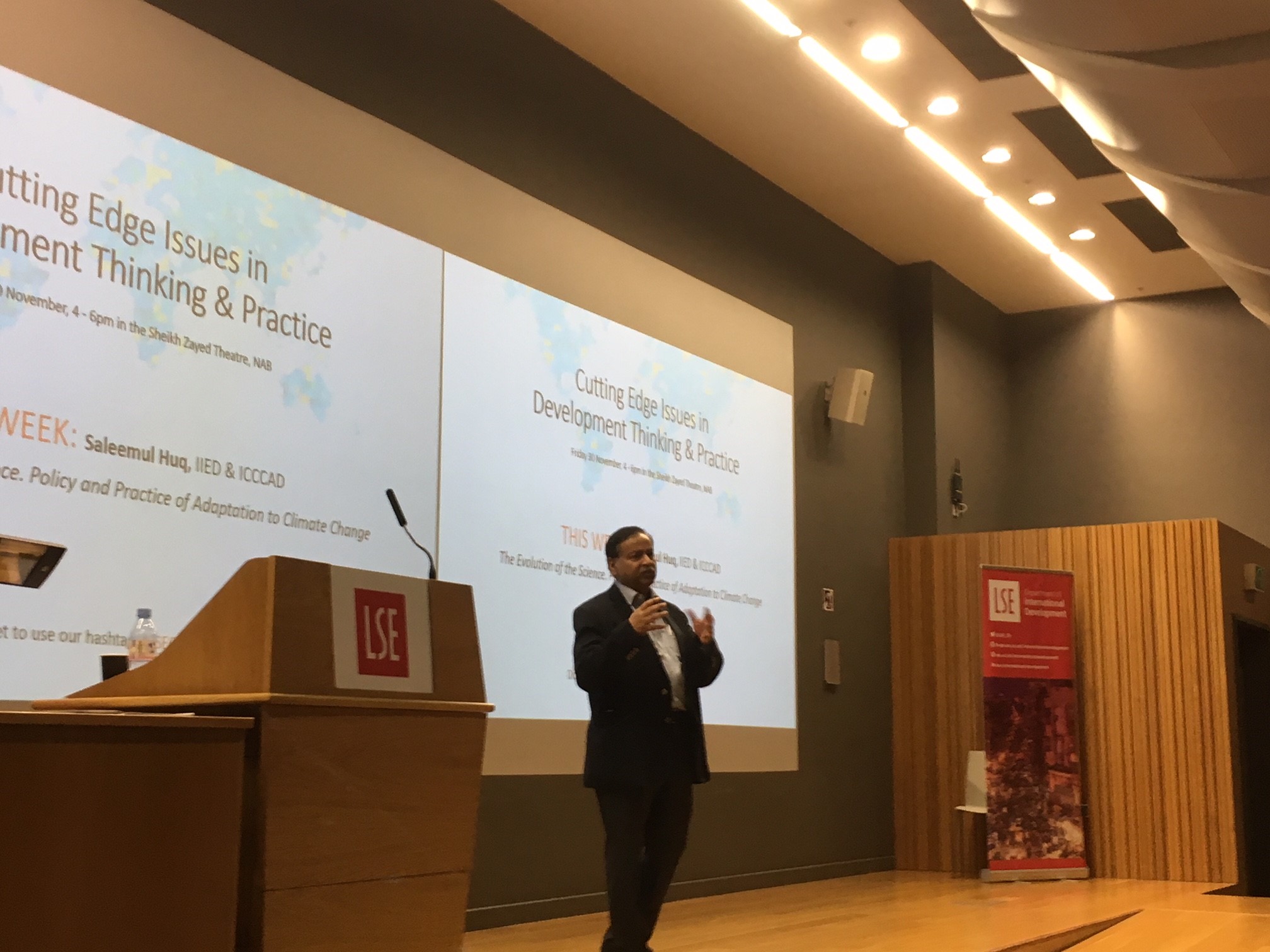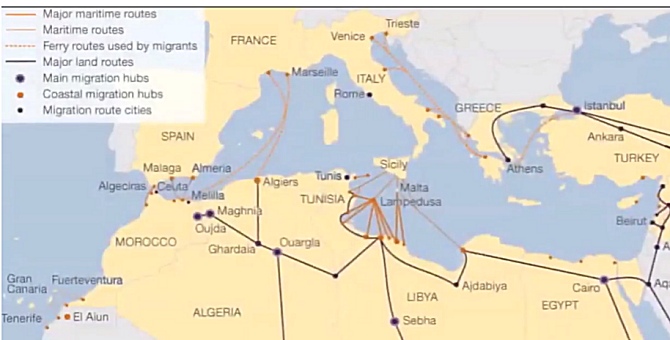Guest bloggers, Claire Walkey, Dr. Caitlin Procter and Dr. Nora Bardelli from Oxford University, explore the potential benefits, risks and ethical challenges of biometric refugee registration.
UNHCR currently uses biometric technology in 52 countries, which means over six million refugees are now biometrically registered. It is also currently expanding its use of biometrics to capture a full set of refugees’ fingerprints and their iris scans. Since UNHCR began using this technology in the mid-2000s, concerns have been raised surrounding the potential benefits, risks and ethical challenges of biometric refugee registration.
Organisational interests and refugee protection
It is critical to disentangle how and when biometric registration benefits UNHCR and when it directly benefits refugees. UNHCR argues that biometric technology benefits refugees through enabling more secure identity documents; it ensures that identities cannot be stolen or lost, and eliminates the need for registering personal data multiple times. UNHCR also suggests that biometric registration data enables more reliable provision of other kinds of assistance, most notably cash transfers. In practice, the extent to which either of these improve the rights bestowed on refugees depend on the political context where the operation takes place as well as the availability and reliability of national infrastructures.
Another benefit of biometric registration is that it makes the data collected about refugees more accurate, accessible and up to date. By uniquely identifying individuals, biometric registration can reduce the risk of miscounting and subsequently reduce the risk of fraud and ‘aid wastage’. Donors have used these benefits to legitimise aid spending to increasingly sceptical publics. While this is clearly a critical concern at a time when aid budgets are tightening, a recent Oxfam report highlights the need to compare the costs of implementing biometric registration with the savings from reducing fraud. The organisational financial benefits may therefore be more limited than has been assumed.
Donor interests in biometric data from refugees can also include national security and intelligence concerns. A WikiLeaks document from 2009, for example, revealed, that the US government encouraged the Government of Kenya, in partnership with UN, to biometrically register all refugees near the Somali border and to cross-check this data with the US’ Terrorist Interdiction Program, on the basis that it would help ‘catch terrorists posing as refugees’. Although refugees benefit from a secure and safe environment, the benefits in cases such as this one primarily meet the national security interests of donor states.
Data Security
A common concern related to the use of biometric refugee registration is the need to ensure data security and checks on who can access it. UNHCR can share data with the host country (considered by the agency as a sovereign right) and with ‘third parties’ that comply with its Policy. UNHCR has invested heavily in the technology it uses to make it as secure as possible, but risks inevitably remain: for instance, the hacking of a cloud-based data platform used by UN agencies in West Africa in December 2017. It was on the basis of such concerns that Oxfam decided not to adopt biometrics in its programs. The security measures that UNHCR’s Policy promise, which was only published in 2015, remain largely untested and the risks hypothetical.
Consent
It is crucial in ethical terms to obtain meaningful, informed and on-going consent from refugees regarding biometric data collected from them. This can be challenging on two counts. First, refugees may have limited previous exposure to biometric the technologies and their associated risks; and second, because registration is generally a prerequisite to accessing vital assistance which is likely to be at the forefront of the minds of refugees.
Currently, consent to the use and sharing of biometric registration data is obtained each time registration documents are issued and renewed (typically every 6-12 months). Innovations are also underway to build a ‘My UNHCR’ mobile app, to make it easier for refugees to access their own data and subsequently to request changes to it.
While these are welcome developments, evidence shows that the ways refugees experience, perceive and understand biometric registration is context specific and highly variable. Detailed context-specific assessments are therefore needed regarding how, where and when biometric registration should be used. This is challenging given the current UNHCR practice to roll out biometric registration across its operations – reflected in its use in 52 countries so far. This practice has the benefit of helping with cross-border monitoring and is part of UNHCR’s standardising approach to operations. Nonetheless, a context-specific approach is essential for including the perspective of refugees and would also help enforce a trend towards data minimisation, rather than data maximisation, and thus the risks described above.
An ethical way forward with biometric technology should therefore involve:
- Assessment of when biometric registration serves the direct interest of refugees and when it serves the organisational needs of UNHCR and the security interests of donors.
- Financial assessment of the money saved from biometric registration through reducing wastage and fraud, compared to the costs of the systems themselves.
- Engagement with technological experts to further understand the security of biometric systems and scrutinize current policies in place, as risks are largely hypothetical at this stage.
- Research to better understand how refugees experience and understand biometric registration, in order to help ensure meaningful and on-going consent.
- Context-specific assessments of how and when biometric registration should be used, with a trend towards data minimisation.
Claire Walkey, Department of International Development, University of Oxford
Dr. Caitlin Procter, EUI Florence
Dr. Nora Bardelli, Sciences Po Paris – Paris
The views expressed in this post are those of the author and in no way reflect those of the International Development LSE blog or the London School of Economics and Political Science.






I undersand that biometrics poses a security threat but when managing borders there is no other way of managing a huge amount data accurately. A cloud based multimodal biometric solution can decrease the security concerns. Here is what we know about cloud biometrics: https://cutt.ly/LFrXHcX